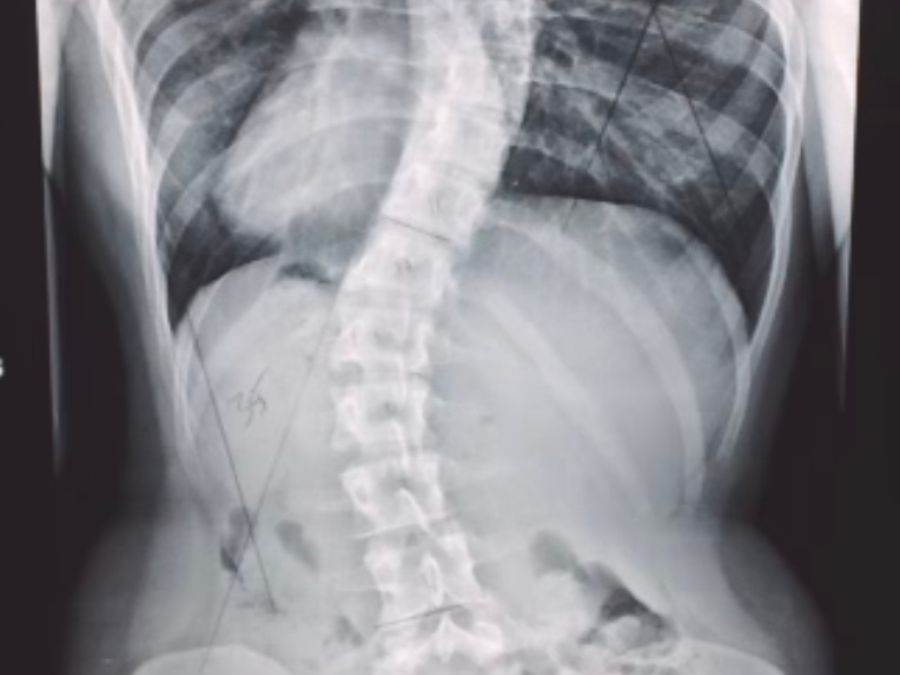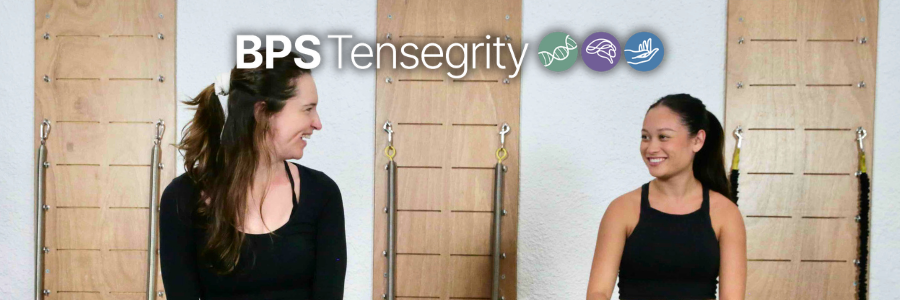Parents of children with scoliosis have complained about the so-called “wait and see”approach that far too many doctors use when evaluating children’s scoliosis curve!
Physiotherapy Scoliosis Specific Exercises for idiopathic scoliosis during growth are now a therapeutic interventions accepted by the International Society on Scoliosis Orthopaedic and Rehabilitation Treatment.
This is not just an ‘any old kind of exercise will do’ approach. These are specific exercises designed for Scoliosis and conducted by a skilled Physiotherapist to include:
1) Three-dimension self-correction
2) Training activities of daily living
3) Stabilisation of the corrected posture
What does this mean for the treatment of your child’s scoliosis?
Specific exercises are no longer considered an alternative to bracing or surgery but rather, they are now understood to be a highly effective therapeutic intervention, which can be used alone or in combination with bracing or surgery according to individual indication.
It is recommended that the Physiotherapist work as part of a multidisciplinary team to provide these Scoliosis specific exercises.
Clinical experiences now show that, scoliosis specific exercises can:
- Improve back asymmetry
- Correct secondary muscle imbalance
- Reduce related pain
- In more severe cases of thoracic scoliosis, it can also improve breathing function
- Temporarily stabilise progressive scoliosis curves during the secondary period of progression
- In non-progressive scoliosis, they can produce a temporary and significant reduction of the Cobb angle
Want to learn more?
If you would like to understand and learn more about this treatment method and how this conservative approach to Scoliosis might assist you, please reach out!
Our team of highly experienced Physiotherapists would be happy to have a chat and answer any questions you might have!





